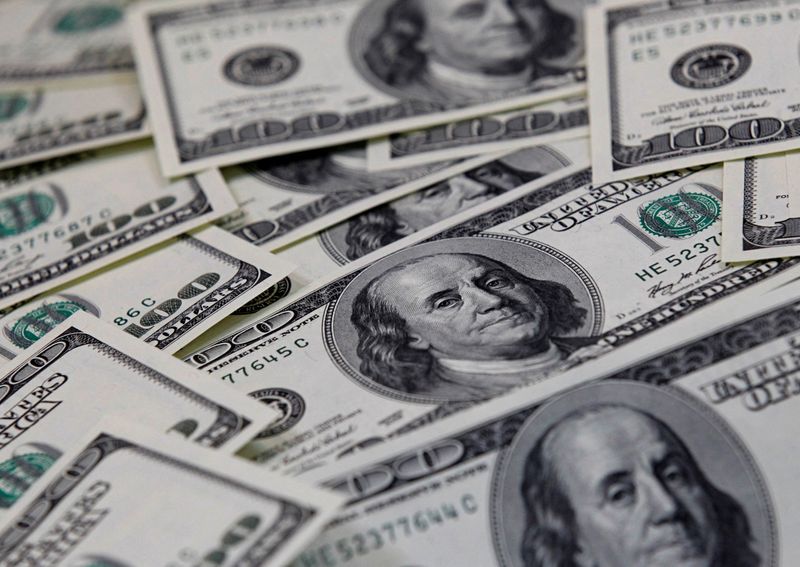By David Randall
(Reuters) - A widely watched section of the U.S. Treasury yield curve hit its deepest inversion on Monday since the high inflation era of Fed Chairman Paul Volcker, reflecting financial markets' concerns that an extended Federal Reserve rate hiking cycle will tip the United States into recession.
The closely-watched spread between the 2-year and 10-year U.S. Treasury note yields hit the widest since 1981 at -109.50 in early trade, a deeper inversion than in March during the U.S. regional banking crisis. The gap was last at -108.30 bp.
Signs of strength in the U.S. economy have prompted market participants to price in the possibility of additional rate hikes this year to keep inflation in check. Futures markets had reflected rate cuts at the central bank's September meeting as recently as May, and are now projecting that the first cuts will come in January.
"The absence of a meaningful round of dip buying is attributable to instability in the policy outlook; once investors are confident in Powell’s vision of terminal [rates], the prevailing bearish bias will be replaced by a more balanced tone," Ian Lyngen, head of U.S. rates strategy at BMO, said in a note Monday.
A yield curve inversion - in which shorter-dated Treasuries trade at higher yields than longer-dated securities - has been a reliable signal of upcoming recessions. The 2/10 year yield curve has inverted six to 24 months before each recession since 1955, according to a 2018 report by researchers at the San Francisco Fed, offering only one false signal in that time.

The spread between 2 and 10-year Treasuries has been inverted since last July.
The two-year U.S. Treasury yield, which typically moves in step with interest rate expectations, rose 3.6 basis points at 4.913% in morning trading Monday. The yield on 10-year Treasury notes was up 1.2 basis points to 3.831%.